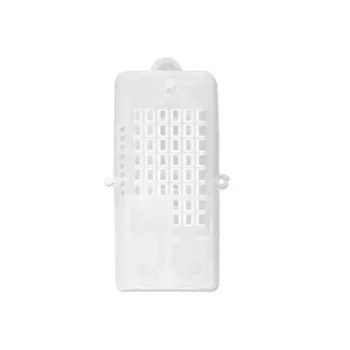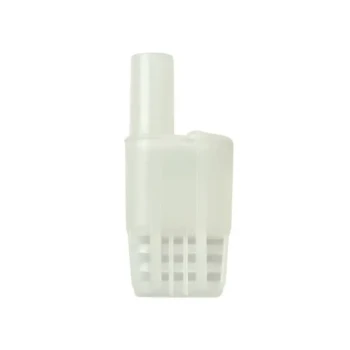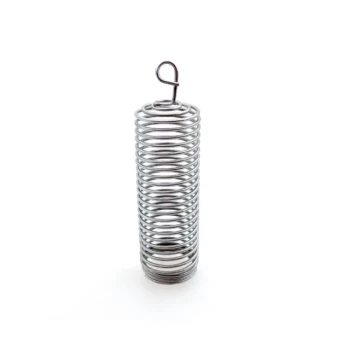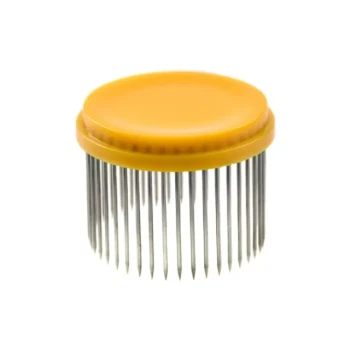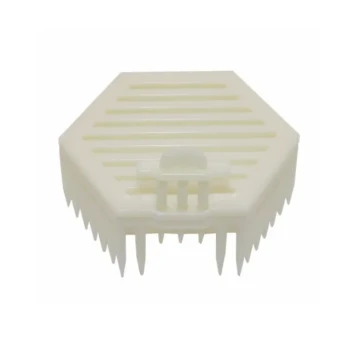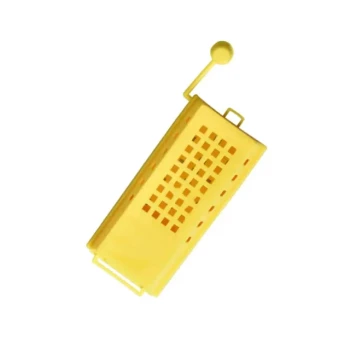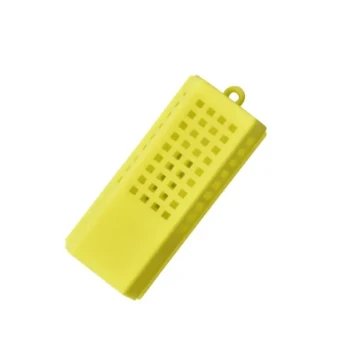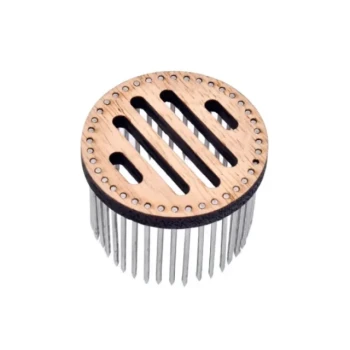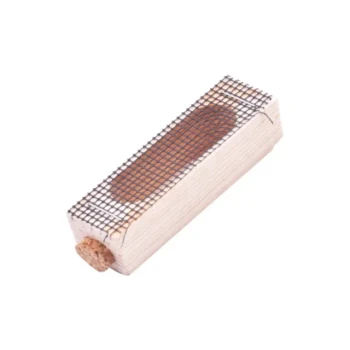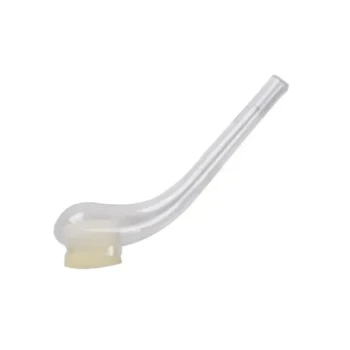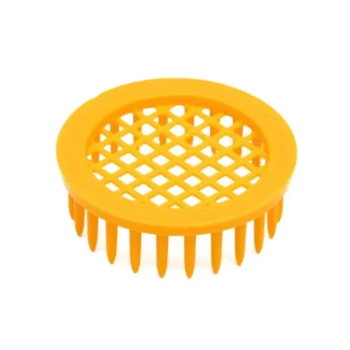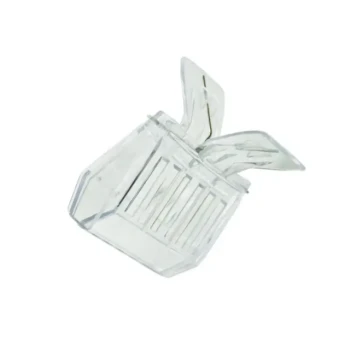In short, a nucleus colony (nuc) without a laying queen after three weeks is in a state of emergency. The colony's survival clock is ticking, and without intervention, it will dwindle and eventually collapse. The bees will either attempt to raise a new "emergency" queen if they have the resources, or the beekeeper must step in and provide a new, mated queen to save the hive.
A queenless nuc is a colony on a countdown. The three-week mark is a critical diagnostic checkpoint where the beekeeper must assess the situation and act decisively to prevent the colony from becoming non-viable.
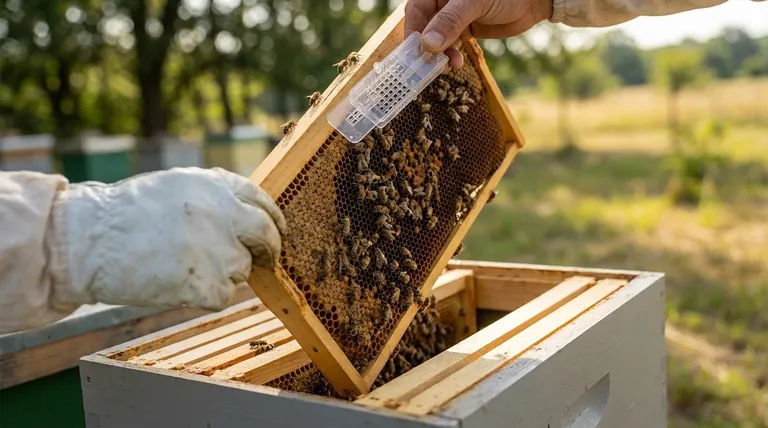
Why Three Weeks is the Critical Deadline
A nuc is a small, starter colony. Its entire purpose is to grow. That growth is entirely dependent on the queen laying eggs, which become the next generation of worker bees. When that process stops, the colony begins to shrink as older bees die off without being replaced.
The Queen-Rearing Timeline
To understand the three-week deadline, you must understand the bee development cycle. If a nuc is made queenless but given a frame with fresh eggs, the workers will begin raising a new queen.
The timeline from a fresh egg to a laying queen is roughly 28 days:
- Day 1-3: Egg stage.
- Day 16: A new virgin queen emerges from her cell.
- Day 21-23: The virgin queen takes her mating flights.
- Day 24-28: The now-mated queen begins laying her first eggs.
Three weeks (21 days) is the point where a new queen should have emerged and completed her mating flights. If you see no evidence of a laying queen by this time, it indicates a probable failure.
The Point of No Return
A colony can only raise a new queen if it has eggs or very young larvae (less than three days old). After three weeks, all the brood from the original queen will have hatched and matured beyond the point where they can be turned into a queen.
At this stage, the colony becomes "hopelessly queenless." They lack the genetic material to create their own successor, and their fate is sealed without the beekeeper's help.
The Two Paths for a Queenless Nuc
When a nuc loses its queen, it can go one of two ways, depending on its resources and the actions of the beekeeper.
Path 1: The Colony's Natural Response
If the nuc has eggs or young larvae, the worker bees will immediately sense the absence of the queen's pheromones and begin emergency procedures.
They select several worker larvae and begin feeding them a special diet of royal jelly. This triggers their development into queens. They will build large, peanut-shaped queen cells, often 10 or more, to raise these potential successors. This is the colony's attempt to save itself.
Path 2: The Beekeeper's Intervention
The most common and reliable solution is for the beekeeper to intervene directly.
Instead of waiting for the colony to raise its own queen—a process that can fail—the beekeeper will introduce a caged, mated queen. This method is faster, has a higher success rate, and gets the nuc back to the business of growing much more quickly.
Common Pitfalls and Risks
Leaving a nuc queenless for too long is a significant gamble. The longer the colony is without a laying queen, the greater the risk of terminal failure.
The Danger of Laying Workers
If a colony remains queenless for an extended period (typically more than 3-4 weeks), the stress can cause the ovaries of some worker bees to develop. These workers will begin to lay unfertilized eggs.
You can identify laying workers by seeing multiple eggs laid messily inside a single cell. Because the eggs are unfertilized, they will only develop into drones (male bees). A colony of all drones cannot sustain itself and will perish. Reversing a laying worker situation is difficult and often fails.
The Gamble of Mating Flights
Even if a nuc successfully raises a new virgin queen, her survival is not guaranteed. She must leave the hive on several mating flights, where she faces dangers from weather, predators like dragonflies and birds, and the simple risk of not finding her way back. A failed mating flight sends the colony right back to square one, but with even less time to recover.
How to Apply This to Your Nuc
Your actions should be guided by what you see during your hive inspection.
- If you see new eggs and developing brood: Your nuc is queenright and healthy. No action is needed.
- If you see queen cells: The bees are actively trying to raise a new queen. You must decide whether to let them proceed (and accept the risks) or intervene by removing the cells and introducing a mated queen.
- If you see no eggs, no young larvae, and no queen cells after three weeks: Your nuc is likely hopelessly queenless. You must introduce a new, mated queen as soon as possible to save the colony.
Proactive inspection and decisive action are the keys to ensuring your young colony not only survives but thrives.
Summary Table:
| Situation at 3 Weeks | Colony Status | Recommended Action |
|---|---|---|
| No eggs, no young larvae, no queen cells | Hopelessly Queenless | Immediately introduce a mated queen |
| Presence of queen cells | Attempting to Raise a Queen | Decide to let them proceed or intervene with a mated queen |
| Signs of laying workers (multiple eggs/cell) | Critical & Hard to Reverse | Difficult to save; combining with a strong colony may be necessary |
Don't let your nuc dwindle into a lost cause. Time is critical for a queenless colony. HONESTBEE supplies commercial apiaries and beekeeping equipment distributors with the vital resources they need, including high-quality, proven mated queens and essential beekeeping supplies. Ensure your colonies thrive with reliable equipment and expert support. Contact our wholesale team today to discuss your apiary's needs and secure the resources for a successful season.
Visual Guide
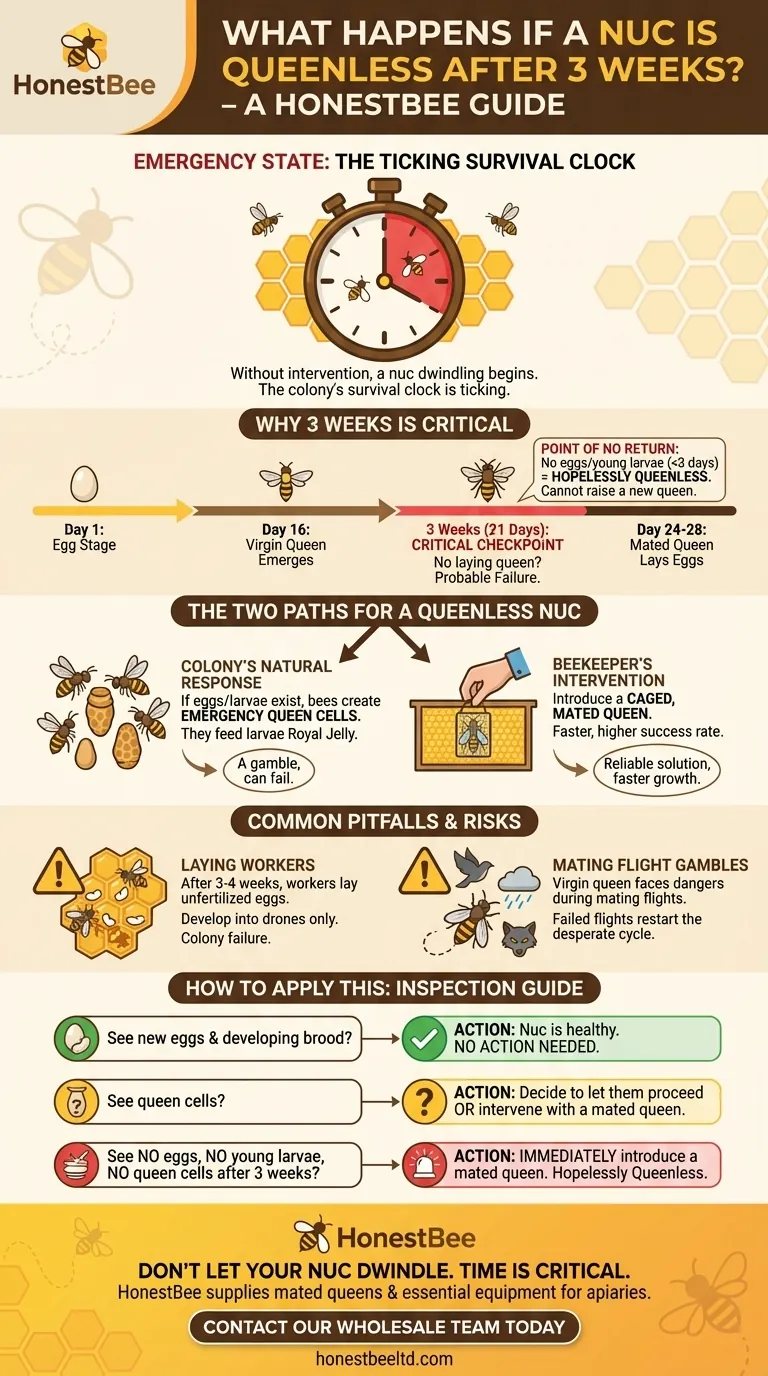
Related Products
- Professional Multi-Functional Queen Bee Cage
- Multi-Function Queen Roller Cage and Catcher
- Durable Galvanized Steel Spring Queen Bee Cage
- Professional Bamboo Queen Isolation Cage
- Professional Round Push-In Queen Cage with Metal Tines
People Also Ask
- How long does it typically take bees to adjust to a new queen? Master the 2-7 Day Acceptance Window
- What is sequestration, and how does it help bees reorient? A Safer Guide to Hive Relocation
- What should be done if bees damage the queen cage or harm the queen? Rescue Your Queen and Save Your Hive
- How do you check if the queen has been released after installation? A Guide to Successful Queen Acceptance
- What are common mistakes to avoid when using queen cages? Ensure Successful Queen Introduction
